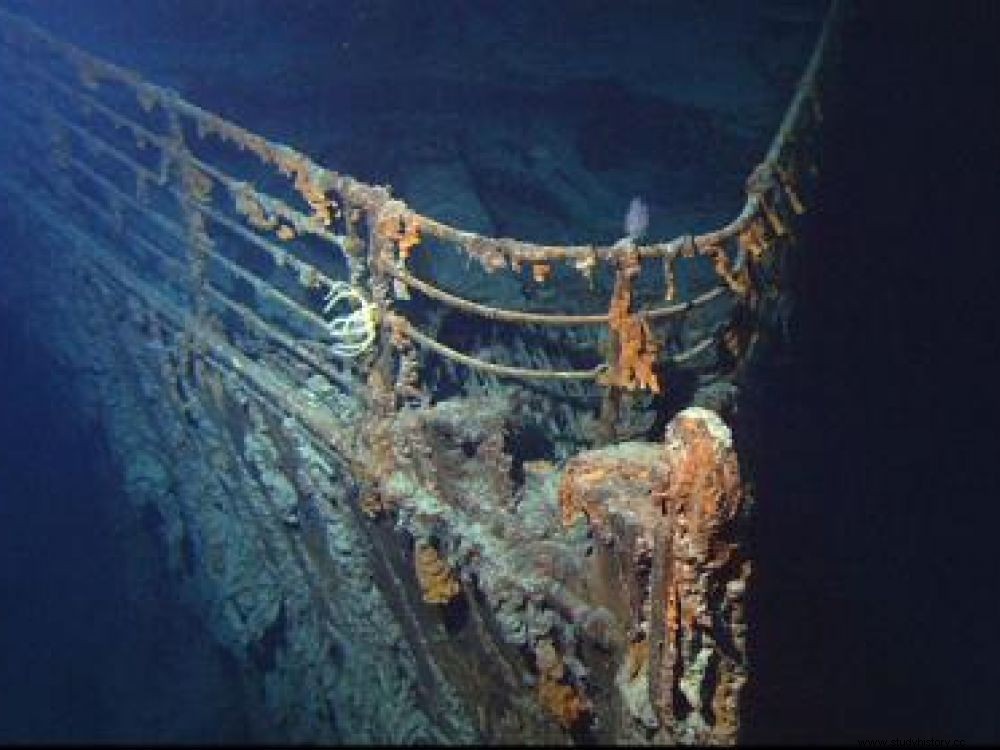A bacterium resistant to darkness and underwater pressure could devour the remains of the Titanic within 14 to 20 years, warn scientists.

There could be nothing left of the Titanic in 14 to 20 years, researchers warn.
On the night of April 14 to 15, 1912, while speeding off Newfoundland, the Titanic struck an iceberg forward, to starboard. It sank in less than three hours, claiming around 1,500 victims. For a hundred years, the wreck has been lying at the bottom of the water, at a depth of 3,800 meters. Where lack of light and pressure make the area hostile to life, which should normally slow its corrosion. However, the wreck would be disappearing! Indeed, its metal parts are eaten away by a bacterium capable of withstanding extreme conditions. Nothing could be left of the ship within 14 to 20 years, according to some researchers, reports the BBC .
"Unfortunately, it is impossible to preserve the Titanic"
It was in 2010 that a team of Canadian scientists discovered the presence of a bacterium on a rust sample belonging to the Titanic and recovered in 1991:they baptized it Halomonas titanicae . It belongs to the genus Halomonas , hardy bacteria that can withstand extreme conditions killing most other organisms (heat, high salinity and pressure, lack of oxygen, total darkness). What is most remarkable about this genus of bacteria is their ability to survive very harsh salty environments. In 2016, the CNRS demonstrated, using a neutron radiation imaging technique, that Halomonas uses a molecule, ectoin, to survive fluctuating salt concentrations in water.
"Unfortunately, since the Titanic is 3,800 meters deep, it is impossible to preserve it, sorry to the Daily Mail Henrietta Mann, Dalhousie University professor and co-discoverer of Halomonas titanicae. I hope that our work will advance our understanding of bacteria Halomonas. There are oil rigs, iron pipes and other structures in the ocean that can deteriorate similar to the Titanic. Knowing how to protect them would be helpful."
Halomonas titanicae isn't the only bacteria that likes to lodge in shipwrecks. Multiple micro-organisms colonize ships as soon as they reach the seabed. They quickly build slime films on all available surfaces, called "biofilms". The latter constitute a refuge for corals, sponges and molluscs, which in turn attract larger animals. Very quickly, the wreck becomes a kind of artificial reef where many species live.
